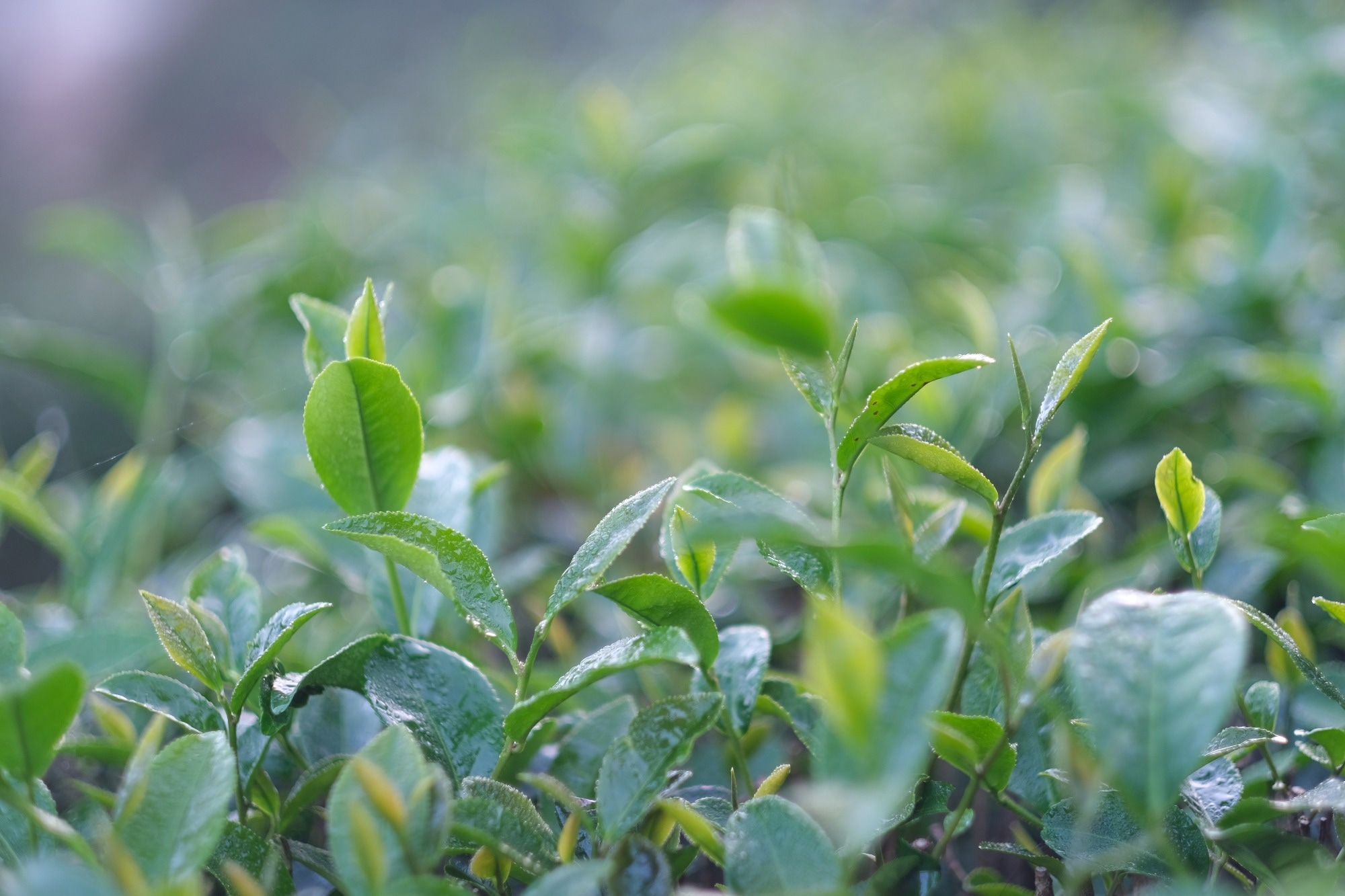In a recent study published in the journal Foods, researchers investigated the potential of computer vision and machine learning to create an objective and efficient method for evaluating the color quality of needle-shaped green tea. They aimed to show that their approach provides a more accurate and reliable way to evaluate tea quality, ultimately benefiting tea producers, sellers, and consumers.
 Study: Evaluating Tea Quality with Computer Vision. Image Credit: UNIKYLUCKK/Shutterstock.com
Study: Evaluating Tea Quality with Computer Vision. Image Credit: UNIKYLUCKK/Shutterstock.com
Background
Green tea is famous for its pleasant flavor/taste and possible health benefits, making it a popular choice worldwide. Chongqing, a city in southwestern China, is a major producer of needle-shaped green tea. The appearance, particularly the color, of green tea is crucial in shaping consumer perceptions and influencing purchasing decisions.
However, traditional methods for assessing tea quality, like sensory analysis and detailed descriptive evaluation, depend on subjective human judgment, require specialized training, and are time-consuming and often inaccurate. This absence of standardized assessment methods can lead consumers to associate higher prices with better quality, creating challenges in the tea market.
The development of computer vision and machine learning has transformed various fields, including food science. These technologies provide an objective and efficient way to analyze food products, overcoming the limitations of traditional methods. Computer vision, which allows computers to "see" and interpret images, extracts visual information from food samples. Machine learning algorithms then analyze this information to identify patterns and predict quality attributes.
About the Research
In this paper, the authors aimed to address the challenges of subjective tea quality assessment by developing a precise, efficient, and unbiased method for evaluating the color quality of needle-shaped green tea. They compiled a comprehensive dataset of 885 images from 157 green tea samples sourced from Chongqing.
The images were pre-processed through clipping and grayscale transformation to prepare them for analysis. From the processed images, 18 color features were extracted, including red, green, blue (RGB), hue saturation value (HSV), and Lab parameters, widely used for color representation and measurement.
Furthermore, the researchers used sensory evaluation results as ground truth labels and employed three machine learning models, including, support vector machine (SVM), random forest (RF), and decision tree-based adaptive boosting (DT-Adaboost). These models were trained to correlate color data with sensory evaluation outcomes, leading to the creation of color-based models for tea quality assessment.
Research Findings
The outcomes showed that the DT-Adaboost model outperformed the SVM and RF models, achieving a correct discrimination rate (CDR) of 98.50% and a relative percent deviation (RPD) of 14.827 in the 266 samples used to validate the model. This suggests that the DT-Adaboost model has strong potential for practical use in evaluating the color quality of needle-shaped green tea.
Additionally, the authors found significant correlations between the color characteristics of green tea and its sensory qualities. Specifically, the R, G, B, saturation (S), value or brightness (V), lightness or luminance (L), and blue-yellow axis (b*) values had negative correlations, while the green-red axis (a*) and H values showed positive correlations with sensory qualities. This suggests that greener color and higher saturation levels are typically associated with better sensory qualities, aligning with earlier research findings.
Applications
This research has important implications for evaluating the color quality of needle-shaped green tea. The computer vision algorithm and machine learning models can digitize and standardize tea quality assessments, leading to a more regulated market and improved consumer experiences. These advancements can also simplify quality control by reducing the need for labor-intensive sensory evaluations and helping producers monitor and maintain quality more efficiently across large batches.
Additionally, the standardized system could be integrated into automated packaging and labeling processes, ensuring consistent quality marks based on objective assessments rather than subjective judgments. This approach can also be applied to other types of tea or different food products where color is a key quality indicator.
Conclusion
In summary, combining computer vision with machine learning models effectively evaluated the color quality of needle-shaped green tea. The DT-Adaboost model, in particular, demonstrated superior performance in classification and regression tasks, highlighting its stability and potential for practical use. This approach could help create a more precise and widely applicable standardized system for assessing green tea quality, ultimately leading to better consumer satisfaction and economic performance in the tea industry.
Future work should focus on expanding the dataset to include green tea samples from different regions and processing methods, as well as developing models to assess attributes beyond color. This would enhance the evaluation system's universality and applicability, contributing to a more comprehensive and robust method for assessing tea quality, benefiting the entire industry and ensuring more informed and satisfied consumers.
Journal reference:
- Li, J.; & et, al. Rapid Color Quality Evaluation of Needle-Shaped Green Tea Using Computer Vision System and Machine Learning Models. Foods 2024, 13, 2516. DOI: 10.3390/foods13162516, https://www.mdpi.com/2304-8158/13/16/2516